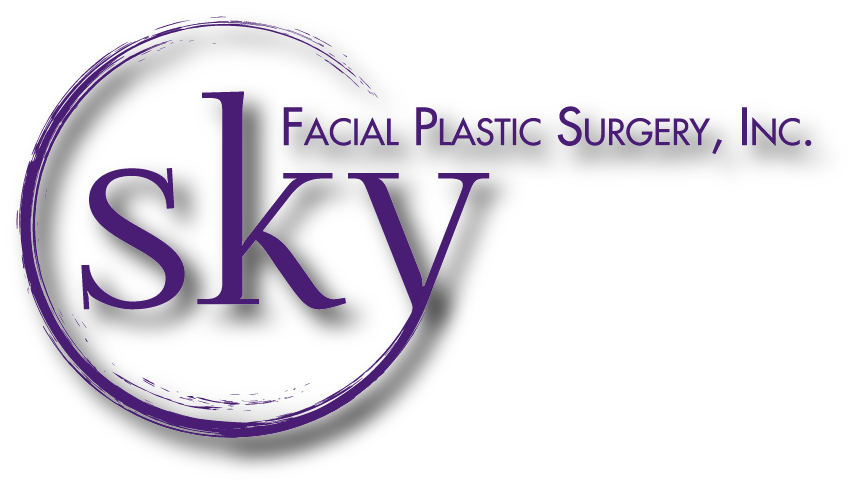Nose Surgery Anatomy Primer
The following illustrations point out important soft tissue landmarks of the nose. Understanding the anatomy helps facilitate communication about rhinoplasty and other nasal surgery. This is not meant to be a comprehensive review of nasal anatomy. Rather, it is intended to educate patients and give them a better understanding of the nasal structures frequently altered in rhinoplasty.
Soft tissue landmarks of the nose on lateral view.
The tip and supratip are common areas of intense or severe swelling after rhinoplasty. Patients often want to change the nasolabial angle. Increasing (making it more obtuse) the angle is called tip rotation. Decreasing it is called counter rotation. Reduction of a dorsal hump (rhinion) is a common request. How far the tip sticks out is called projection and thus recessing the tip is called "tip deprojection". Sometimes the radix is deficient and this can lead to a prominent rhinion, but the solution is different. In this instance, the radix should be augmented rather than the rhinion reduced. A combination of the two problems is also common. A "hanging columella" or the opposite problem "columellar retraction" are seen most prominently from the lateral view. A hanging columella will make the nostrils appear large.
Soft tissue landmarks of the basal view of the nose. The left soft tissue triangle is shaded in light purple.
The lower third of the nose can be narrowed by alar base reduction. Injury to the soft tissue triangles during rhinoplasty results in notching which is a difficult problem to correct.
Nasal subunits - The dorsum is the broad area over the top of the bridge of your nose. The ala are the wings off to the side of your nasal tip. The side walls are the area above the ala and lateral to the dorsum down to the nose cheek junction.
